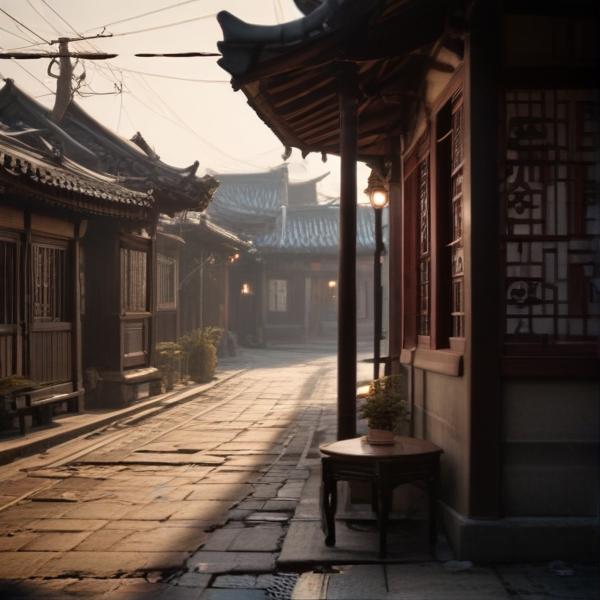基本信息 (Basic Information)
含义与用法 (Meanings & Usage)
中文核心释义 (Core Chinese Meaning): 城市、城墙,指用来防御的、环绕居民区的围墙,亦泛指城市。
英文核心释义 (Core English Meaning): city; town; city walls; fortified wall around a settlement.
象形意义 / 为何这么写 (Pictographic Meaning / Writing Rationale)
文言文释义 (Classical Chinese Meaning)
与现代意义相近,多指城墙,或引申为城市、都城。Similar to modern meaning, often referring to city walls, or by extension, cities and capitals.
深入学习 (In-depth Study)
字源故事 (Origin Story)
字形演变 (Character Evolution)
常用词语和例句 (Common Words & Examples)
城市 (city)
上海是一座美丽的城市。
Eng: Shanghai is a beautiful city.
城墙 (city wall; fortification wall)
西安的城墙保存得非常完整。
Eng: Xi'an's city wall is very well preserved.
城门 (city gate)
游客们在古老的城门前合影留念。
Eng: Tourists take photos in front of the ancient city gate.
相关成语 (Related Idioms)
固若金汤
Meaning: as solid as gold and soup (impregnable; very strong and secure fortification)
多语言翻译 (核心释义) (Translations (Core Meaning))
- French: ville; muraille (de ville)
- German: Stadt; Stadtmauer
- Spanish: ciudad; muralla
- Italian: città; mura cittadine
- Portuguese: cidade; muralha
- Russian: город; городская стена
- Arabic: مدينة؛ سور المدينة
- Persian: شهر؛ دیوار شهر
- Dutch: stad; stadsmuur
- Polish: miasto; mur miejski
- Vietnamese: thành phố; tường thành
- Ukrainian: місто; міська стіна
视频学习资源 (Video Learning Resources)
通过以下链接在热门视频网站搜索 "城" 的更多讲解:
Search for more explanations of "城" on popular video sites:
- 在 Bilibili.com 搜索 "城 字源 说文解字" (Search on Bilibili)
- 在 YouTube.com 搜索 "cheng character origin etymology" (Search on YouTube)
网络参考 (Web References for "城") ()
网络搜索信息待获取。Web search information pending.
更多图片 (城 More Images) ()
